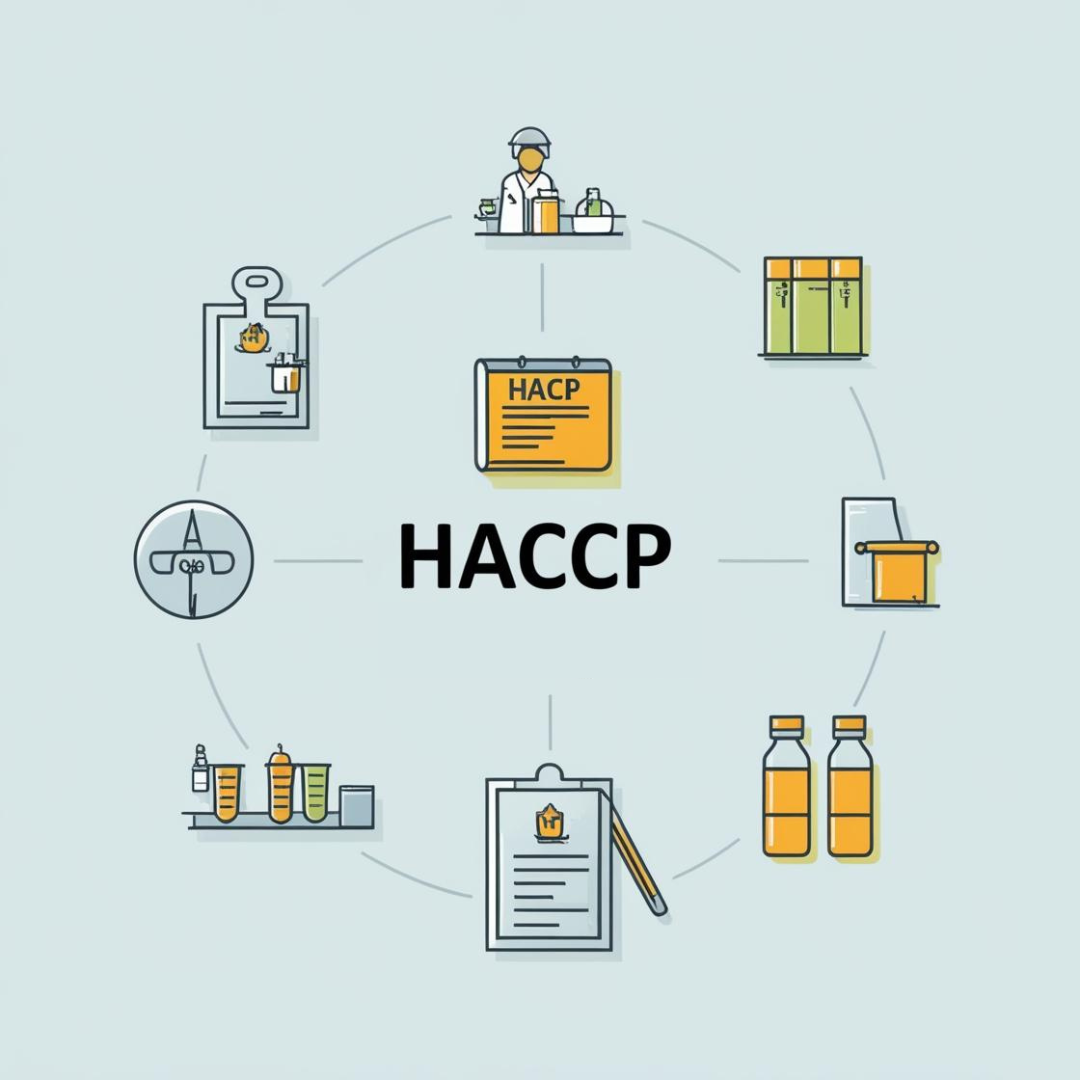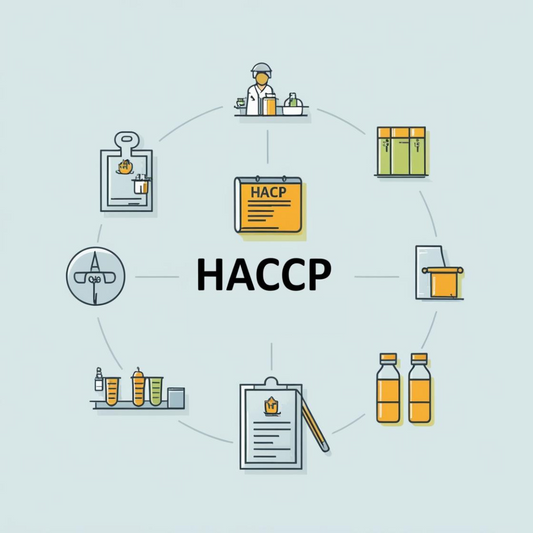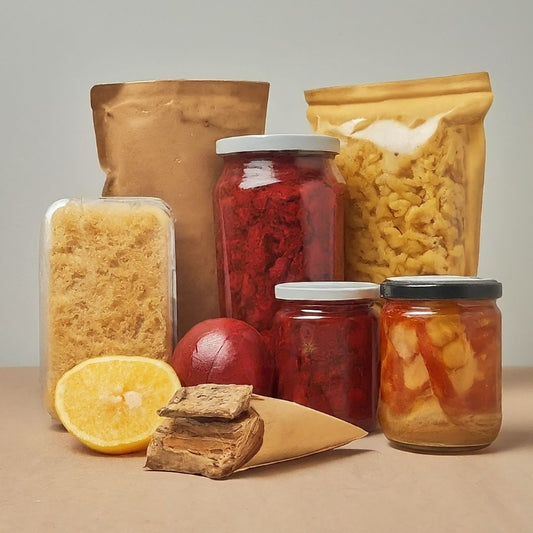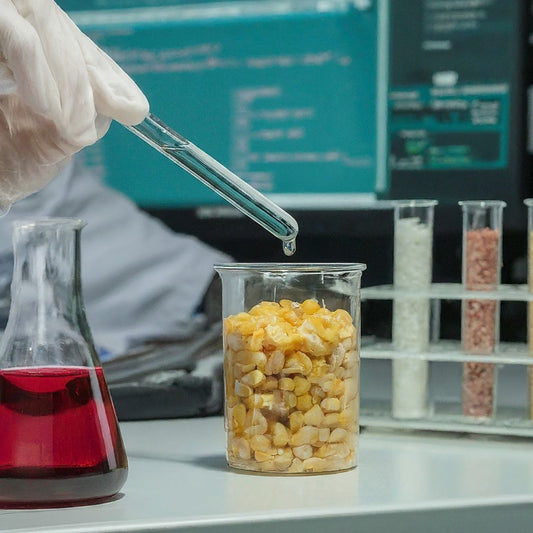Is Cooking in Nonstick Cookware Poisoning You? Shocking Studies Reveal the Truth!
Share
Nonstick cookware is a kitchen staple, but emerging research suggests it may be silently harming your health. While it offers convenience, its coating can release toxic chemicals when overheated or scratched. Let’s dive into the risks and safer alternatives.
1. What Makes Nonstick Cookware Potentially Dangerous?
Most nonstick pans are coated with polytetrafluoroethylene (PTFE), commonly known as Teflon. While Teflon itself is stable at low temperatures, when overheated, it breaks down and releases toxic fumes.
Key Risks:
Toxic Fumes & “Teflon Flu”
When heated above 450°F (232°C), PTFE releases perfluorooctanoic acid (PFOA) and other toxic gases.
Studies show inhaling these fumes can cause flu-like symptoms, known as “Teflon flu” or polymer fume fever.
Bird owners beware! These fumes can be deadly to pet birds.
PFOA & PFAS: Linked to Serious Health Issues
PFOA (previously used in Teflon) and its family of chemicals, PFAS (per- and polyfluoroalkyl substances), have been linked to:
Cancer (kidney, liver, testicular)
Hormonal imbalances & infertility
Thyroid disorders
Weakened immune system
While PFOA was banned in 2013, some cheaper nonstick cookware still contains harmful substitutes.
Scratched Pans May Leak Chemicals Into Your Food
A 2023 study found that damaged nonstick coatings can release thousands of microplastic-like particles into food.
These tiny PTFE fragments can accumulate in your body over time.
2. Shocking Studies on Nonstick Cookware
Harvard Study (2022): Found higher levels of PFAS in blood samples of people who regularly used nonstick cookware.
Australian Research (2023): Detected microplastics from scratched nonstick pans in food samples, raising concerns about ingestion.
EPA Report (2024): Linked PFAS exposure to an increase in autoimmune diseases and reproductive issues.
3. Safer Alternatives to Nonstick Cookware
If you're worried about toxic exposure, consider switching to healthier alternatives:
4. How to Safely Use Nonstick Pans (If You Must!)
If you’re not ready to ditch nonstick pans, here’s how to minimize risk:
✅ Keep temperatures low (below 400°F / 204°C). Avoid high-heat cooking.
✅ Never preheat an empty pan. It heats up faster, increasing the risk of toxic fumes.
✅ Use wooden or silicone utensils. Metal can scratch the coating, releasing particles.
✅ Discard scratched or damaged pans. Tiny fragments can leach into food.
✅ Choose PFOA-free brands. Some newer nonstick coatings are safer, but still use with caution.
Final Verdict: Is Nonstick Cookware Poisoning You?
If used improperly (high heat, scratches, long-term exposure), nonstick cookware can pose health risks. While modern nonstick pans are safer than before, PFAS chemicals and microplastics remain a concern.
Safer Choice? Switch to cast iron, stainless steel, or ceramic for toxin-free cooking!





